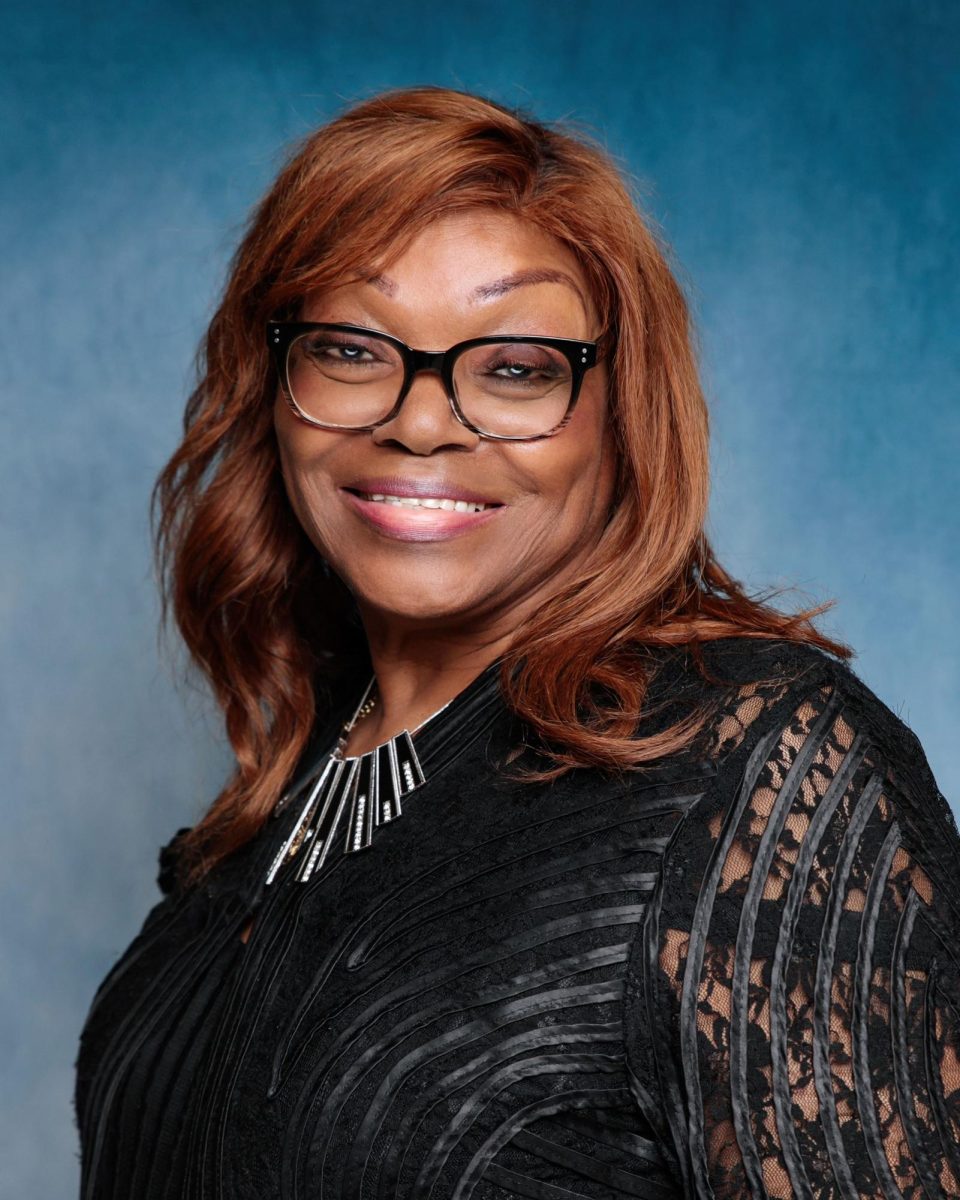Public restrooms and dignity for all
May 25, 2016
The debate over access to public restrooms has provided an opportunity for us to think carefully about the need for truly accessible bathrooms for all. My own experience in this area does not mirror those advocating for transgender rights, but bathroom access is nonetheless central to my family’s daily life. My daughter is 12 years old, weighs 77 pounds, and is nearly as tall as me. She also wears diapers.
You may think that a public bathroom is “accessible” because there is a “handicapped” stall, but I assure you that is not for the case for many, many people. I’m not alone in seeing the restroom controversy in this light. Parents like me are increasingly vocal about the need for larger, height-adjustable tables for changing older children and adults. Without tables, the only option is to get down on the never-sanitary bathroom floor to change. Other advocates protest similarly difficult barriers. Some people may be able to use the toilet, but are unable to manage without the assistance of a caregiver (not always of the same gender), or simply need a mechanical lift to help them access the toilet.
It’s no coincidence that movements for greater inclusiveness center on (or around) the bathroom. Legal analyst Daniella A. Schmidt reminds us that bathroom restrictions have been, and are, acts of exclusion, oppression and power.
Advertisement
The mid-20th century civil rights movement is famously remembered for dismantling segregated lunch counters, but we forget that protesters also staged integration actions in bathrooms. Under Jim Crow, if there was no bathroom for you, you either did not go, or faced the choice between personal humiliation or arrest.
In 1961, the Chicago Defender reported a story about an African-American woman in Atlanta who was refused entry to the white “ladies room” at the insurance company where she was doing business. Only when she “embarrassed herself” by losing control of her bladder was she finally led to a toilet. Even then she was forced to use the white men’s room (reminding us that the idea of forcing people into bathrooms where they don’t feel they belong has a history in America).
Jim Crow segregation of this kind eventually came to an end thanks to searing citizens’ protest, the power of U.S. Supreme Court decisions and determined enforcement efforts of the federal government. It seems that the latest controversy will be subject to similar action. Earlier this month, the federal Justice Department first sued the state of North Carolina to challenge its legislation insisting that sex at birth determined one’s legal access to a bathroom, then asserted that it will use the provisions of Title IX to ensure that public schools allow children to use the bathroom that corresponds with their gender identity.
In theory, people with disabilities should have the same recourse thanks to the Americans With Disabilities Act. But as scholar David Serlin has argued, the ADA has never approached meeting this need because policymakers carved out a space within the able-bodied restroom, heedless of the requirements of people they did not consult, or whose needs they could not imagine. Once set in bricks and mortar, the accommodation is supposedly complete, and no one gets — or deserves — any further privilege or consideration.
We need the ADA to do more. Indignity and humiliation are forced upon people when they are not accorded appropriate, private spaces to do what we all must do. Just as the Justice Department has done in the case of Title IX and transgender people’s rights, public policy makers must grapple honestly with the realities of bodily functions for many people with significant disabilities. They need to overcome the ignorance, shame and revulsion that has plagued discussions of what happens in the bathroom, and what it means to be dependent upon significant supports or the help of others to go to the toilet.
It is a great privilege not to have to make decisions about if, and where, to use the bathroom, to not have to run through a series of calculations about risks and benefits, some of which are nearly untenable. For this reason, paying what it will cost to make room for all people will demand more than monetary sacrifice. Being a society that ensures dignity for all will mean coming to terms with all of our vulnerabilities to misfortune. It will mean facing what we fear or don’t understand. It will mean relinquishing the freedom of not having to think about these realities, and of not having to see — much less overcome — these barriers.
Imagine, for a moment, that this is you. And ask yourself, what would you do?
Advertisement*
(c)2016 Chicago Tribune
Visit the Chicago Tribune at www.chicagotribune.com
Distributed by Tribune Content Agency, LLC.
Advertisement








